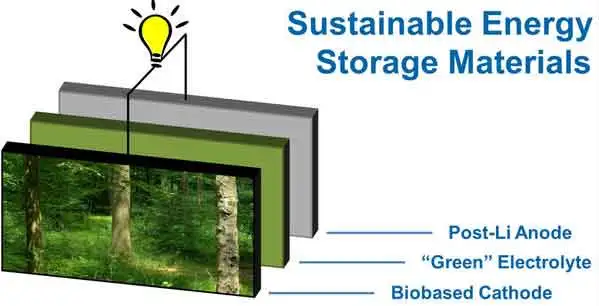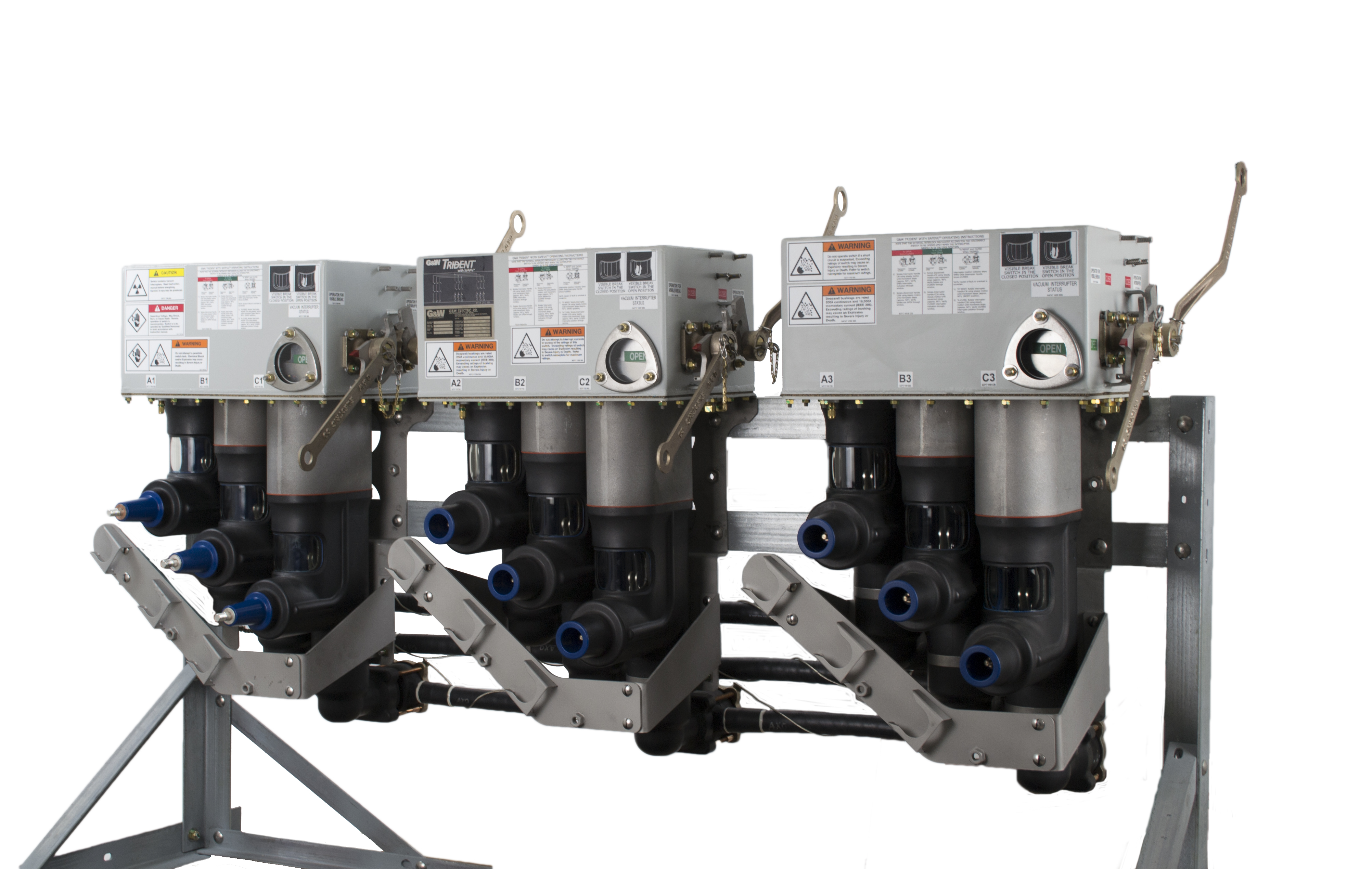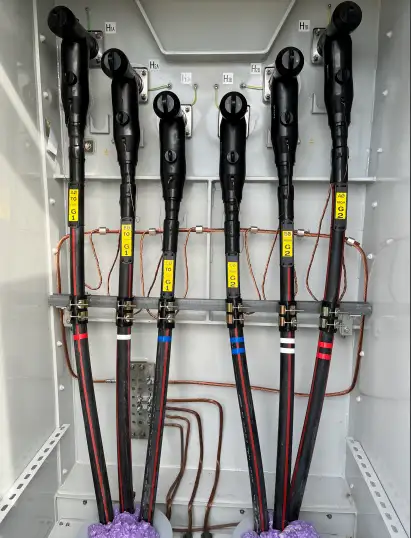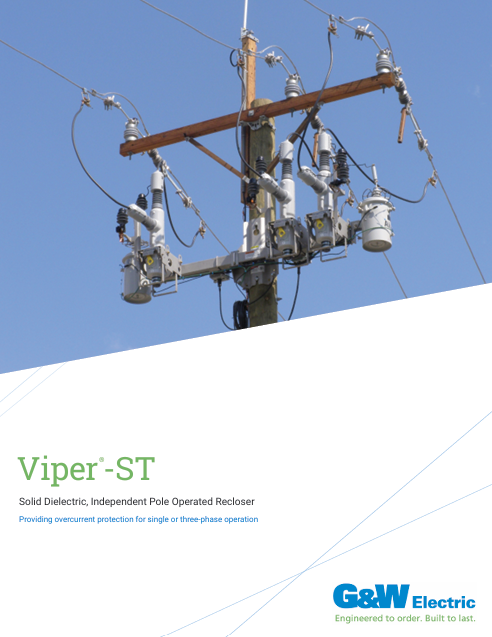Energy Storage Materials

Energy storage materials are critical components of energy storage systems (ESS) that enable the efficient use of renewable energy sources. With the advent of innovative technologies, the energy sector is shifting towards using sustainable materials for ES. Through research and development, the potential of materials is being unlocked, and as a result, these materials are becoming more efficient, sustainable, and safer. As a result, the future of new materials looks promising, and their continued development will play a crucial role in shaping the energy landscape of the future.
Materials play a vital role in developing renewable energy sources. They offer a way to store excess energy when generated and used when needed.
What are energy storage materials, and why are they important?
Energy storage materials store energy in different forms, such as chemical, electrical, or thermal energy. They are essential for ESS because they can balance the supply and demand of electricity, providing backup power when needed. In addition, ESS can help reduce the reliance on fossil fuels and promote using renewable energy sources like wind and solar.
What materials are commonly used for ES, and what are their properties?
Different materials can be used for ES, each with unique properties. The most commonly used materials include batteries, supercapacitors, and redox flow batteries. Batteries are made up of an electrode, separator, and electrolyte. The electrode is part of the battery that stores energy and can be made from different materials such as lithium-ion, sodium-ion, and solid-state batteries. On the other hand, Supercapacitors store energy in an electric field and can charge and discharge much faster than batteries. Finally, redox flow batteries, which use liquid electrolytes, can store large amounts of energy and have a longer lifespan than traditional batteries.
The properties of ES materials vary widely, including energy density, power density, cycle life, and safety. High-energy-density materials can store more energy per unit of mass or volume. In contrast, high-power density materials can charge and discharge quickly. The cycle life of a material refers to the number of charge and discharge cycles it can undergo before its performance deteriorates. Safety is also essential, as some materials can be hazardous if mishandled.
How do energy storage materials impact the efficiency and performance of ESS?
Materials significantly impact the efficiency and performance of ESS. For instance, high-energy density materials increase the capacity of ESS, enabling them to store more energy in a smaller space. In addition, high-power density materials improve the responsiveness of ESS, allowing them to deliver energy quickly when needed.
What advances have been made recently, and how do they compare to traditional materials?
Recent advances in materials have focused on improving their energy density, power density, and cycle life, making them more environmentally friendly and sustainable. For example, solid-state batteries use solid electrolytes instead of liquid electrolytes, improving their energy density and safety. Nanomaterials, which have unique structural properties, can improve the performance and efficiency of ESS. These materials have the potential to outperform traditional fabrics, making them attractive for ES applications.
What are the critical challenges in developing new materials, and how are researchers working to overcome them?
Developing new materials can be challenging because it requires balancing a range of competing properties. For example, high-energy-density materials may be less safe than lower-density materials, and environmentally friendly materials may be less efficient than traditional materials. However, researchers are working to overcome these challenges by exploring new materials and developing innovative solutions that improve the performance and sustainability of materials.
What are some applications, and how do they benefit different industries?
Energy storage materials have a wide range of applications in different industries. For example, in the power sector, they can help balance the supply and demand of electricity, improving the reliability and stability of the grid. In the transportation sector, they can power electric vehicles and hybrid systems, reducing emissions and improving fuel efficiency. Finally, in remote and off-grid locations, they can provide reliable and sustainable power, enabling access to electricity in areas where it may not be available.
What is the future of materials, and how will they continue to impact the energy landscape?
The future of materials looks promising, with continued research and development to improve their performance, efficiency, and sustainability. As renewable energy sources like wind and solar continue to gain popularity, the need for reliable and efficient ESS will only grow. Materials will play a crucial role in enabling these systems to become more cost-effective and practical, ultimately helping to create a more sustainable energy future.
One promising development in ES is using organic materials such as carbon-based materials and polymers. These abundant, inexpensive, and non-toxic materials make them attractive alternatives to traditional materials. They also have the potential to offer higher energy density, longer cycle life, and better safety, making them ideal for use in ESS.
Another area of focus is the development of solid-state batteries, which use solid electrolytes instead of liquid electrolytes. Solid-state batteries have the potential to offer higher energy density, improved safety, and longer cycle life than traditional batteries. They are also more environmentally friendly and have the potential to be used in a broader range of applications.
Overall, the future of materials looks bright. Continued research and development will enable the development of new materials that are more efficient, sustainable, and safe. These materials will play a critical role in shaping the energy landscape of the future, enabling the transition to a more sustainable energy future.
On-Site Training
Interested in cost effective, professional on-site electrical training?
We can present an Electrical Training Course to your electrical engineering and maintenance staff, on your premises, tailored to your specific equipment and requirements. Click on the link below to request a Free quotation.
EF PARTNER MEDIA
Product Showcases
Shared Media
























